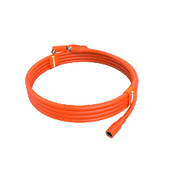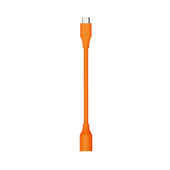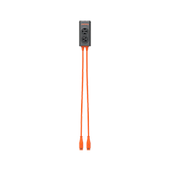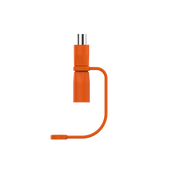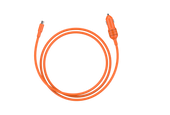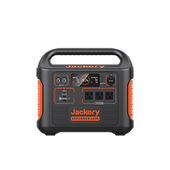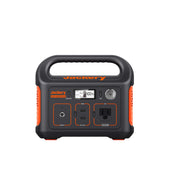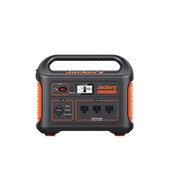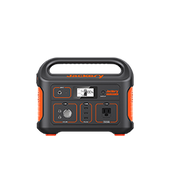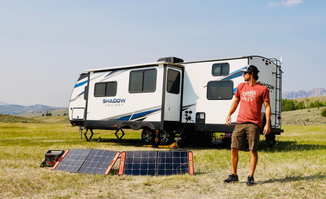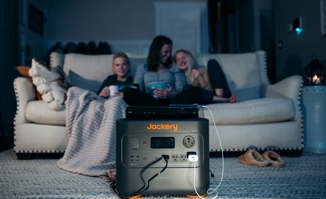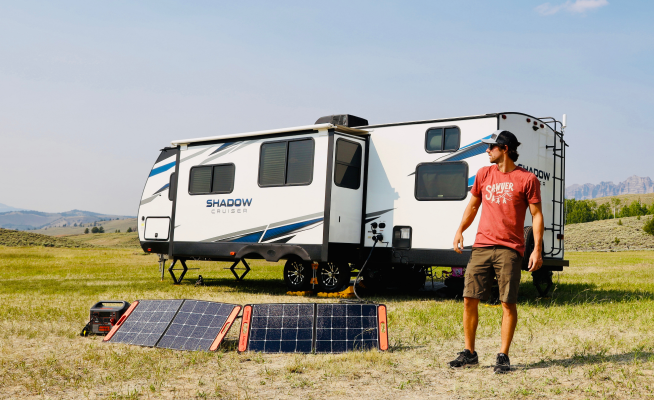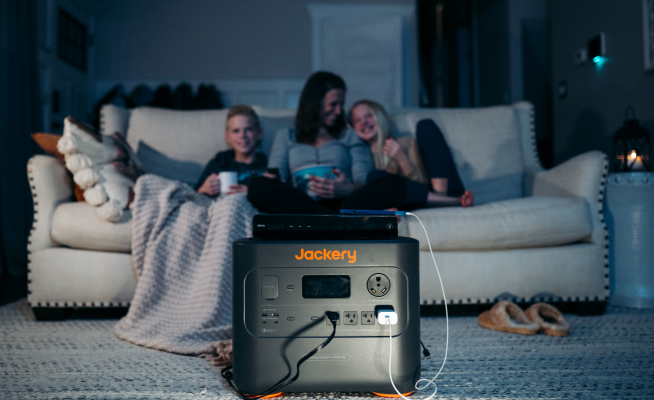How Efficient Are Solar Panels?
Solar energy is a clean and renewable source of power that has the potential to reduce our dependence on fossil fuels. Understanding how efficient solar panels are is important for those looking to invest in solar energy.
Solar panel efficiency can vary based on factors such as the type of solar cell, the amount of sunlight available, and the quality of installation and maintenance. In this article, we will explore how efficient solar panels are, what factors can affect their efficiency, and how to calculate their energy generation potential.
How Efficient Are Solar Panels

The efficiency of solar panels depends on several factors, such as the type of solar cells used, their orientation and angle to the sun, and even their location.
Solar cells are the basic unit of a solar panel and they come in three main types: monocrystalline, polycrystalline, and thin-film. Monocrystalline panels have the highest efficiency ratings as each cell is made from a single crystal structure.
This means more electricity can be generated with less space. Polycrystalline panels are slightly less efficient than monocrystalline but they're cheaper and suitable for smaller installations. Thin-film cells are the least efficient type of solar cell, but they're the most affordable.
Modern solar panel systems use technologies like CPV (concentrated photovoltaic), which focuses sunlight onto a single cell to increase efficiency. There are also trackers that follow the sun's path, allowing them to generate more energy throughout the day. Both of these technologies can dramatically increase the amount of solar energy a system produces in comparison to traditional panels.
The orientation of the solar panels also plays a role in their efficiency. If they're not facing directly toward the sun, they won't be able to capture all of its rays and generate as much electricity. The angle of the panel can also affect how efficient it is at capturing sunlight – usually, a steeper tilt gives a better performance during summer months and a shallower tilt is more effective in winter.
Finally, the location of the solar panels can have an impact on their efficiency as well. Panels at higher latitudes will receive less sunlight than those at lower latitudes, so they won't be able to generate as much electricity.
What are Solar Cells?
Solar cells, also known as photovoltaic (PV) cells, are the main building blocks of solar panels. They convert light energy from the sun into electrical energy that can be used to power applications like homes and businesses.
There are three main types of solar cells: monocrystalline, polycrystalline, and thin film. Monocrystalline cells are the most efficient type, but also the most expensive. Polycrystalline cells are slightly less efficient and cheaper, while thin-film cells are the least efficient and most affordable.
Solar cells are typically made of silicon, an incredibly powerful semiconductor material. When light touches the cell, its layers create electrical charges that can then be used to generate electricity.
The solar cells' efficiency is determined by how much sunlight they can convert into electricity. This varies from model to model, depending on the materials used and the design of the cell.
Solar cells are usually connected to maximize efficiency into a module to form a solar panel. This increases the surface area that can capture sunlight and generate electricity and improves the system's durability.
What Factors Affect Solar Panel Efficiency?

Several factors can affect the efficiency of solar panels, including:
- Sunlight intensity: The strength of sunlight that strikes the solar panels is integral to their effectiveness—with greater intensity comes more energy generated.
- Temperature: For solar panels to perform at their best, cooler temperatures are essential. When the temperature rises too high, these power-generating devices will become less and less efficient in producing renewable energy.
- Shading: When solar panels are obstructed from the sun's rays by trees, buildings, or other objects, their ability to generate energy is significantly hindered. Therefore they must be positioned in a place where natural shade can't block out essential light and cause decreased efficiency.
- Orientation:To get the best performance out of solar panels, ensuring they're facing in the right direction is essential. In the northern hemisphere, that means southward-facing, and in the southern hemisphere, northward-facing.
- Type of solar panel: Different types of solar panels have different efficiencies. Monocrystalline solar panels are generally more efficient than polycrystalline or thin-film solar panels.
- Age: Solar panels can lose their efficacy over time, so it is essential to maintain and clean them regularly to ensure optimal performance.
- Quality:With a top-notch solar panel and its components, you can expect it to be remarkably productive for an extended period of time. On the other hand, a low-quality installation will not just cause efficiency issues but also a quicker degradation rate. Therefore, only trust premium quality parts when seeking out efficient solar panels.
Do Solar Panels Lose Efficiency Over Time?
Solar cells lose efficiency over time due to factors such as exposure to extreme weather, aging of the materials used in the panel, and dust build-up. To combat these effects, installing quality panels that use good material, regularly cleaning them, and keeping them sheltered from harsh climates are important.
Jackery SolarSaga Solar Panels are made to last longer and work better than other solar panels. All of their solar panels are highly efficient, with the 100w Solar Panel reaching up to 24.3% efficiency, while the 80W Solar Panel boasts a 25% efficiency rating.
Combined with advanced technologies such as monocrystalline cells, CPV systems, and trackers, Jackery SolarSaga Solar Panels can help you maximize your solar energy generation.
How To Calculate Solar Efficiency
To calculate solar efficiency, divide the wattage rating (or watt-peak value) of a panel by its surface area. This will give you an indication of how efficient it is and how much electricity it can generate. Additionally, consider factors such as sunlight availability, quality of installation and maintenance, and advanced technologies like CPV systems to further boost your system's efficiency.
Solar Panel Efficiency Calculation
The first step is to determine the total power output of the solar panel. This can be done by multiplying the wattage rating of each individual cell in the solar array, then adding all of them together. For instance, if your solar panel has 10 cells with a 25-watt rating each, the total power output for that solar panel would be 250 watts.
Next, you need to know the solar panel efficiency rating of your individual cells. This can vary based on the type of cell - monocrystalline, polycrystalline, and thin-film all possess different efficiencies. Monocrystalline solar panels usually have an efficiency of 15-20%, polycrystalline panels are around 14-17%, while thin-film cells typically have an efficiency of 8-11%.
Finally, to calculate the energy generation potential of a solar panel, you can multiply the total power output by the cell efficiency. Using our example above, if your solar panel has 10 cells with 25 watts each and an efficiency of 17%, the energy generation potential would be 4,250 watt-hours per day (250 watts x 17% = 4,250 watt-hours). This calculation can help you determine if a solar panel is suitable for your needs.
By understanding the power output and efficiency rating of your solar cells, you'll be able to calculate the energy generation potential of your solar panel and make an informed decision on which type of cells you should use. With a little bit of math, you can determine how much power your solar system can generate from the sun's rays.
Jackery High-Efficiency Solar Panels

Jackery SolarSaga panels are designed with the highest efficiency available on the market today. Their cells are made of monocrystalline silicon which gives them an efficiency rating of up to 25% - this is more than double the rate of polycrystalline cells and drastically higher than thin-film technology.
This means that Jackery solar panels can convert more sunlight into usable electricity and, as a result, generate more power for your home or business.
Additionally, our solar panels boast an IP68 waterproof rating - perfect for harsh marine environments like docks and boats. This means that the panels are impervious to moisture and salt spray, which can corrode ordinary solar panels.
Overall, Jackery SolarSaga high-efficiency solar panels offer superior power output and performance. Investing in this type of system can help you save money over its lifetime as compared to less efficient alternatives.
With their robust build and reliable performance, Jackery SolarSaga panels are a great choice for those looking to power their homes or businesses with clean solar energy.
Conclusion
In conclusion, understanding the basics of solar panel efficiency is essential for choosing the best option for your home or business. Jackery SolarSaga panels provide superior performance even in harsh marine environments, making them a great choice for powering boats and docks with clean solar energy.
Explore Jackery's solar panel offerings to learn more about how they can help you save money and power your green living.
Disclaimer:
The runtime mentioned for appliances powered by Jackery is for reference only. Actual runtime may vary under different conditions. Please refer to real-world performance for accurate results.






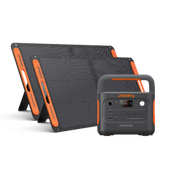


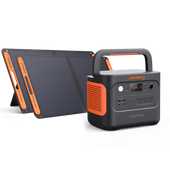

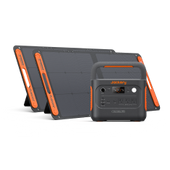
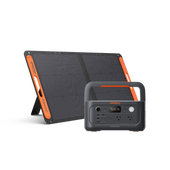
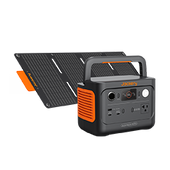
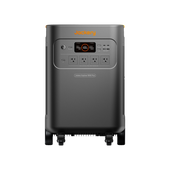
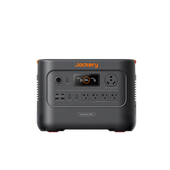
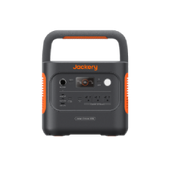
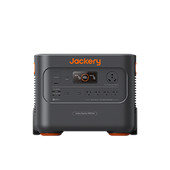
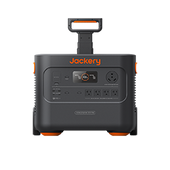

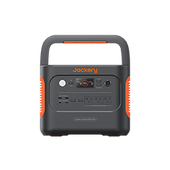
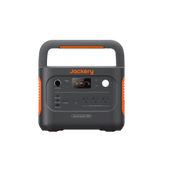
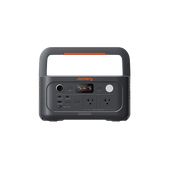

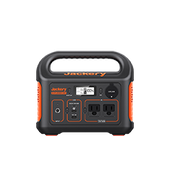
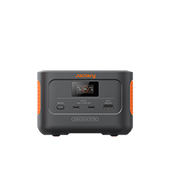
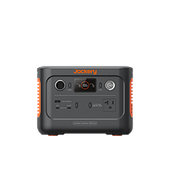
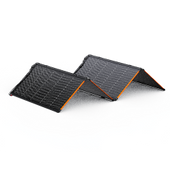
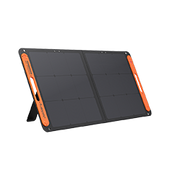

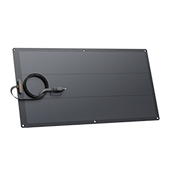
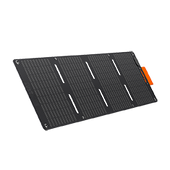
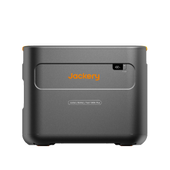
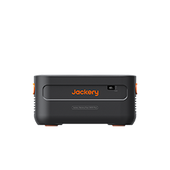
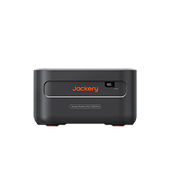
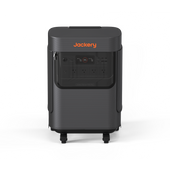
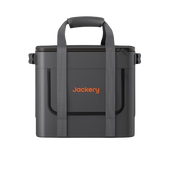
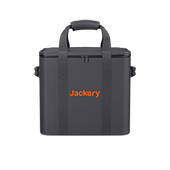
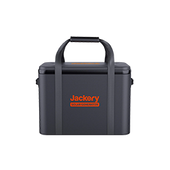
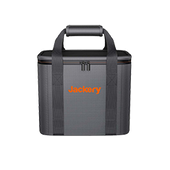
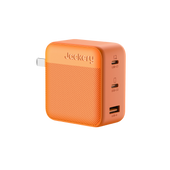
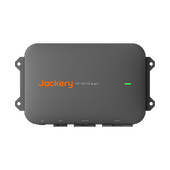
![[Add-on] Jackery Manual Transfer Switch for Explorer 5000 Plus](http://ca.jackery.com/cdn/shop/files/add-on-jackery-manual-transfer-switch-for-5000-plus-240V.webp?v=1757043692&width=170)
